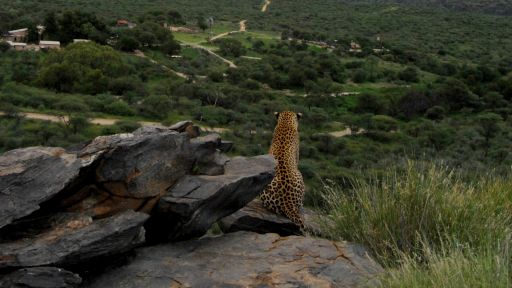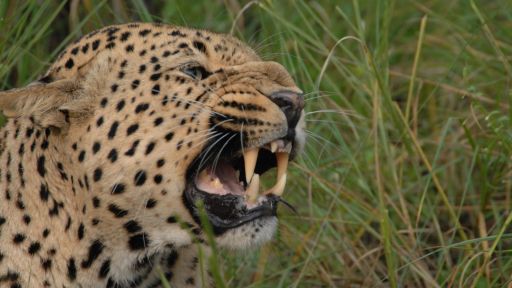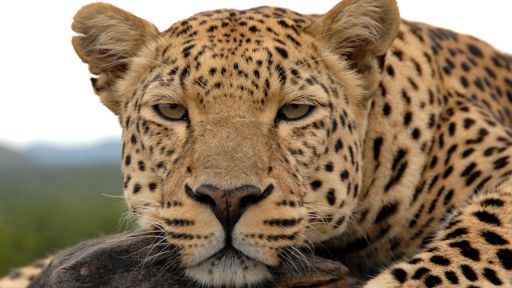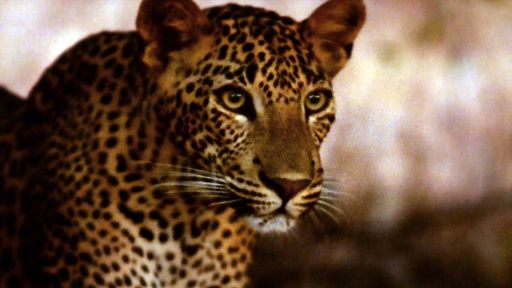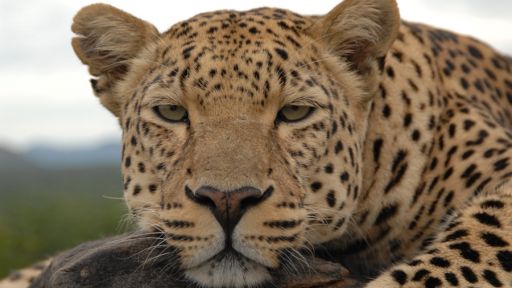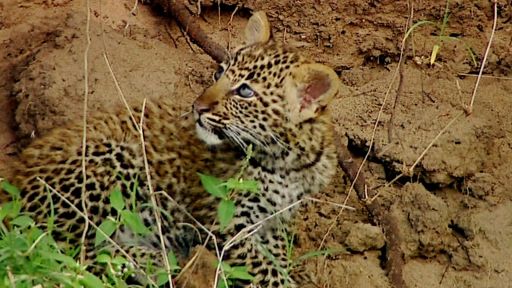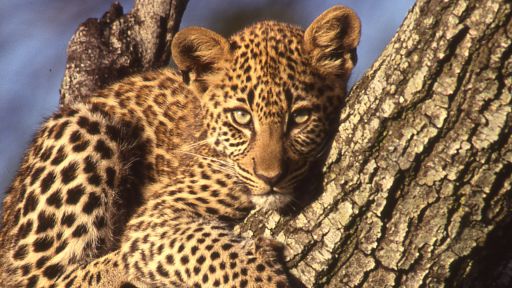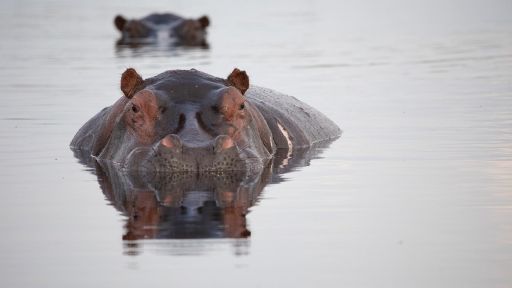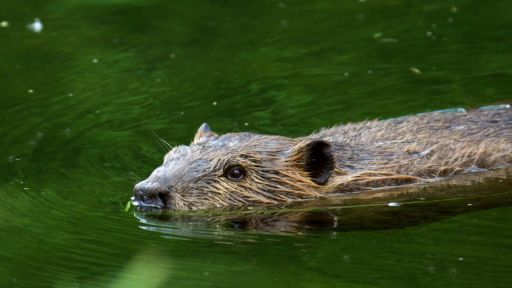When discussing taxonomy, or classification, of cats, the word ‘family’ has a very precise meaning, and all cats are in the same ‘family’ which is Felidae. At the sub-family level there is the Pantherinae which consists of all the larger cats, including lions, tigers, leopards, snow leopards and clouded leopards. Within that sub-family there are just two different genuses – Panthera and Neofelis. Clouded leopards are in the genus Neofelis, and all the others are in the genus Panthera. Hence, snow leopards (Panthera uncia) are somewhat more closely related to leopards (Panthera pardus) than are clouded leopards (Neofelis nebulosa). More and more our thinking on animal classification is based on genetics, but clouded leopards also have a very unique skull morphology that sets them apart from others in the large cat group. For instance they have notable longer canine teeth in relation to its skull size than any other cat. They are also highly adapted to an arboreal life, more so than any other cat species.
The differences between snow leopards and other large cats was previously thought to be substantial enough that snow leopards were placed in their own genus as well (Uncia). Unlike other big cats their throat structure prevents them from roaring for instance. Recent genetic studies revealed that they are actually most closely related to tigers, and they were moved back into the Panthera genus. Yet the snow leopard’s morphology, ecology, behavior, etc. make them quite distinct from leopards.
Information provided by Dr. Tom McCarthy, Executive Director of Snow Leopard Programs for Panthera
Additional links provided by Panthera:

